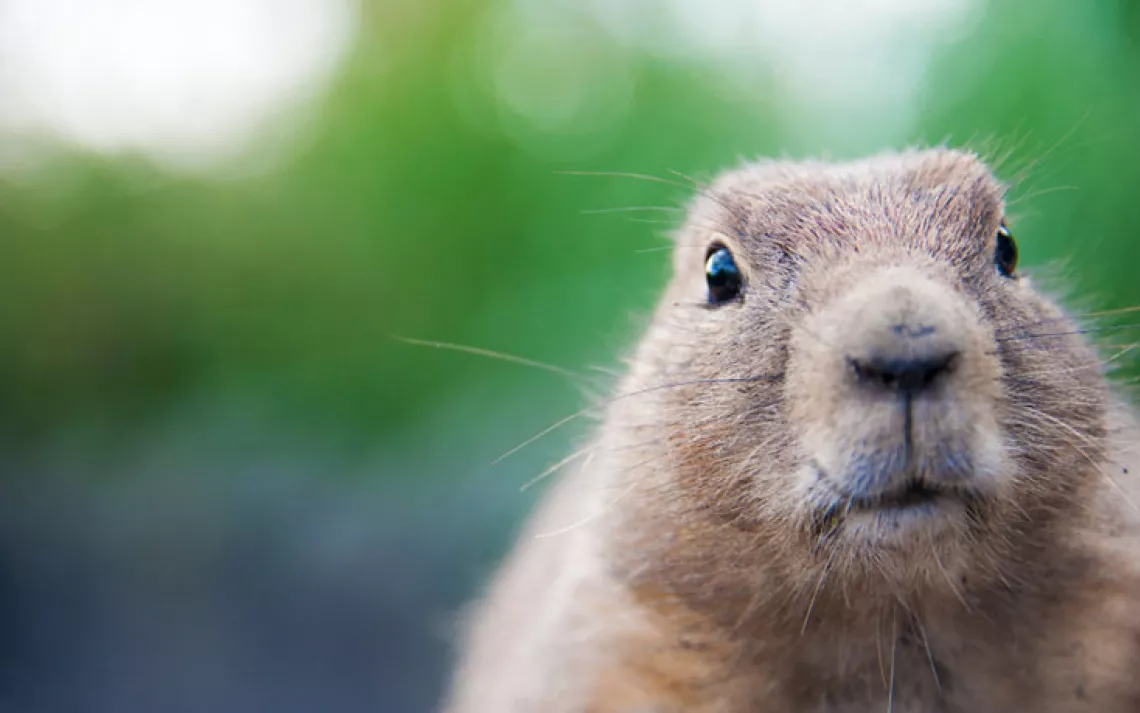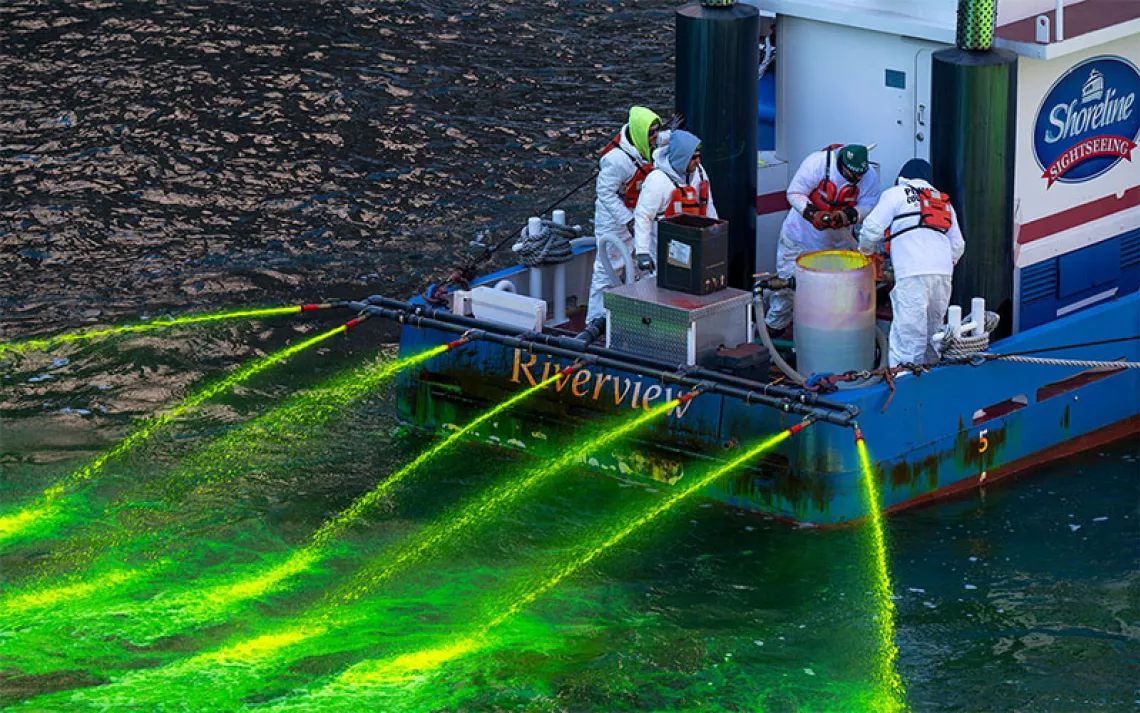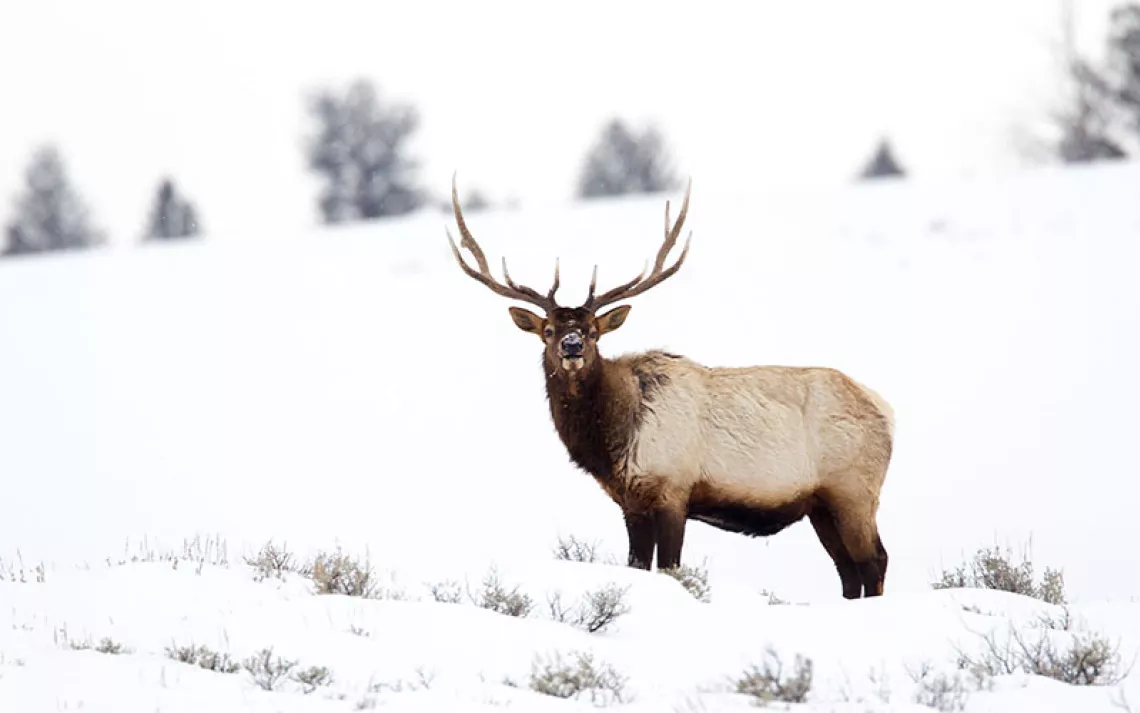Whistle-Pigs take the Weather Channel (or, Happy Groundhog Day)

Photo by iStock/ingevdmeeberg
A holiday that combines rodents, superstition, and meteorology? We’re in.
Groundhog Day’s origins are a confluence of ancient Roman, Christian, and Celtic customs that rely on religious, animal, and meteorological cues to predict the coming weather. German immigrants brought the holiday to the U.S.; the Europeans' tradition recognizes a hedgehog, badger, or other wild animal as a predictor of winter's remaining weeks.
As we all know, legend has it that if a groundhog emerges from his burrow to a sunny morning and waiting shadow, he’ll retreat to hibernation for another six weeks of winter. If skies are cloudy, and no shadow greets him, spring is imminent. This winter’s wild weather, by the way, shows no signs of letting up. And though statistics say that these furry forecasters are seldom spot-on with their predictions, they're certainly more fun to watch than the Weather Channel.
Local groundhog celebrities bear many colorful monikers: there's General Beauregard Lee (Atlanta, Georgia), Shubenacadie Sam (Shubenacadie, Nova Scotia), Octoraro Orphie (Quarryville, Pennsylvania), Staten Island Chuck (a.k.a. Charles G. Hogg), and the familiar favorite, Punxatawney Phil (Punxatawney, Pennsylvania). Alaska, in deference to the state’s more abundant groundhog relative, has been observing Marmot Day since 2009, a change signed into law by then-governor Sarah Palin.
Groundhogs, also known as woodchucks, whistle-pigs, or grundsow, are members of the squirrel family, closely related to marmots, prairie dogs, chipmunks, and ground squirrels. The nickname “woodchuck” doesn’t come from a fondness for hurling tree limbs but from their Native American name, wuchak. Groundhogs are phenomenal excavators, as any gardener can tell you, and their subterranean dens often measure more than 45 feet in length. One family of whistle-pigs became archaeologists when they unearthed a trove of Native American artifacts in Ohio. They’ll also readily climb trees, swim, bark, growl, and whistle when alarmed. Though their typical lifespan is two to four years in the wild, Wiarton Willie had an illustrious 22-year career as a meteorologist for Wiarton, Ontario.
Climate change may put Willie, Phil, and their ilk out of work someday, but with a reputation for scandal, an almost inexplicable fan base, and no common sense regarding appropriate public behavior, we bet they'd make for great reality TV.
 The Magazine of The Sierra Club
The Magazine of The Sierra Club







